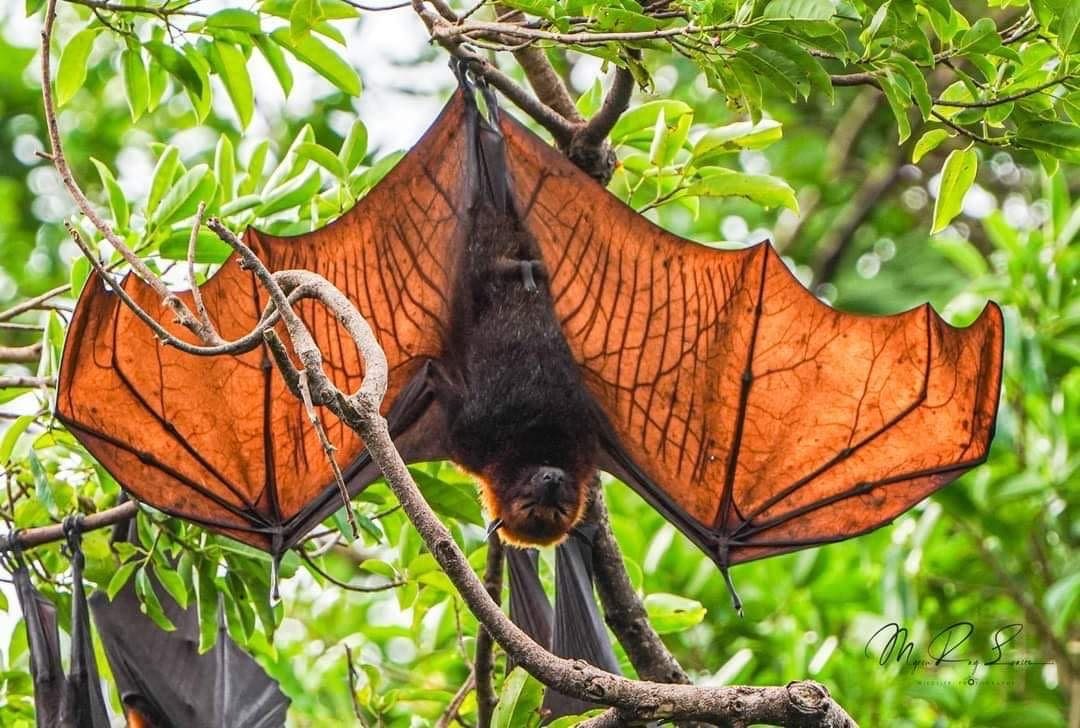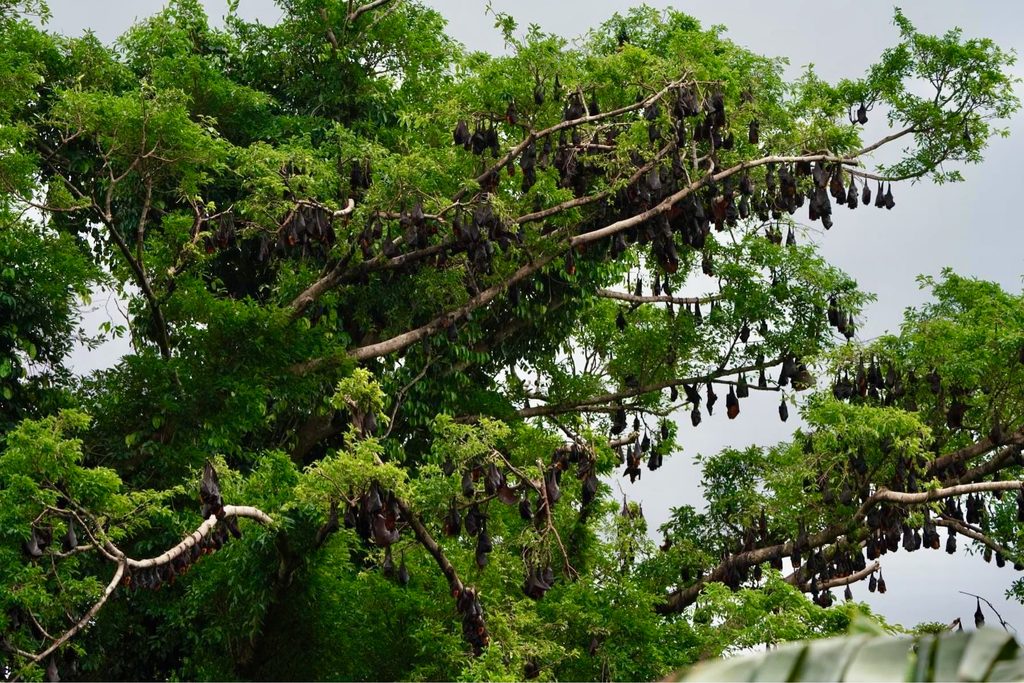SUMMARY
This is AI generated summarization, which may have errors. For context, always refer to the full article.

BORACAY, Philippines – A six-month closure of this famous resort island for environmental rehabilitation in 2018 and lockdowns during the two-year COVID-19 pandemic have failed to bring back a rare bat species that awed tourists in the 1980s.
For a second year in a row, wildlife experts have announced the absence of the golden-crowned flying fox, a critically endangered bat species.
The tale of the island’s golden-crowned flying foxes, which used to swoop across the island’s white-sand beaches as they sought out prey, shows how too much of a good thing for humans can damage nature to irreplaceable levels.
The Friends of the Flying Foxes (FFF) told Rappler the last sighting on the island of the rare species, with the scientific name Acerodon Jubatus, was on April 24, 2019.
The FFF report also said other bat species were showing drastically smaller populations.
“For 2021, we again sadly must report that the bat population on Boracay Island hasn’t reached above 40 individual Fruit Bats,” said the organization.
“The highest exit count fly out, conducted on different locations across the island by the FFF and including Shangri-La’s monthly monitoring, has been less than 10 total individuals.,” the report said.
The group, however, reported some good news about the island’s common island flying foxes (Pteropus hypomelanus), noting a population increase in their roost at Balinghai Beach and cove.
“The colony there has grown from 11 individuals in the previous years to 24 in the last year, which is good news. That means that this small colony is stable in its roost site,” the FFF said.
Lost roosts
The last sighting here of the golden-crowned flying fox was in 2019, when a joint team from the FFF and Shangri-la Resort found a colony of 11 bats.
The group traced the species exodus to “the bulldozing of the mother roosting trees in Barangay Yapak in June 2017, at a time when bats were in their Habagat roost site.
When they returned to their summer roost site in 2018, the regular roosting trees were gone, FFF told Rappler.
“Since 2019 the Golden crowned flying foxes have no longer been seen or even recorded anywhere on the island by our organization,” the FFF stressed.
“In 2019 we saw them in a different location, meaning that was their last alternative roost, but felt unsecured, hence they probably transferred elsewhere.”
After departing Boracay, the golden-crowned flying fox took refuge in Pandan, Antique, said the FFF.
They have since disappeared from their alternative roost.
In a reply to Rappler, the FFF attributed this to the bats “feeling insecure”.
Development threats

The FFF blamed the overall decline of bats species in this island on the construction of hotels, which led to cutting of trees.
The massive tourism development of Boracay also created unnecessary noise, which drove the bats away, the group said.
The FFF believes that some Boracay bat species had transferred their habitat to the nearby roosting site at Barangay Guia, Pandan, Antique.
The FFF did a field trip on December 8, 2021 to Barangay Guia, Pandan, to do a roost count of the bat colony that was reported to be growing in numbers.
“It was of our interest to see if the same kind of bats have been observed in the new roost sites in Pandan, Antique and compare them to the bats of Boracay,” for any correlation between the population changes, the FFF said.
The trip was conducted by FFF members and volunteers and representatives from the DENR Boracay, the Pandan local government and the Community Environment and Natural Resources office of Culasi, Antique.
The group found around 1167 individual bats visible from their counting positions, but no sign of the golden-crowned flying fox species.
Urgent call
Even the temporary closure of Boracay for cleaning and the two-year COVID-19 pandemic, which scaled down tourism, have not led to a comeback of the rare bats species.
“The FFF hopes the DENR, the local government of Malay and other stakeholders would consider the main roosting sites in Barangay Yapak as a critical habitat site. This way, all the remaining bat species will be protected,” the report said.
It is not the first appeal to protect the island’s bats.
In 2010, Ferit Temur , a German conservationist, noted that bats are important in ensuring the health ecosystems of this resort island.
“The Golden-Crowned Flying Fox has been known to aid in seed dispersal of forests,” he pointed out.
“Some bats species in Boracay also eat thousands of mosquitoes daily which is supposedly needed to protect both tourists and residents from mosquito infestations,” Temur added.
The Provincial Health Office in 2019 recorded dengue cases in Boracay, indicating a larger population of mosquitoes due to the dwindling number of bats. – Rappler.com
Add a comment
How does this make you feel?
![[OPINION] You don’t always need a journalism degree to be a journalist](https://www.rappler.com/tachyon/2024/06/jed-harme-fellowship-essay-june-19-2024.jpg?resize=257%2C257&crop=287px%2C0px%2C720px%2C720px)














There are no comments yet. Add your comment to start the conversation.